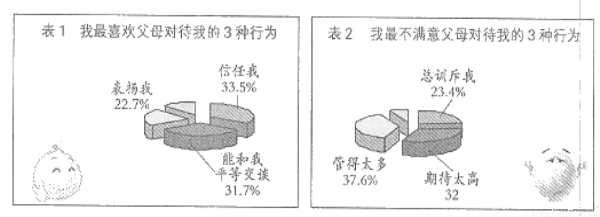题目内容
It’s well known that our human memory can fail us. People can be forgetful, and they can sometimes also “remember” things incorrectly, with damaging consequences in the classroom, courtroom, and other areas of life. Now, researchers show for the first time that bumblebees(大黄蜂) can be unreliable witnesses too.
Bumblebees are rather clever animals, which explains why Chittka has been studying learning and memory in the insects for the last 20 years.
Most times when people have studied memory in animals, errors in performance have been taken to mean that the animals failed to learn the task or perhaps learned it and then forgot. But what if animals can experience a more interesting type of memory failure?
To find out, Chittka first trained bumblebees to expect a reward when visiting a yellow artificial flower followed by one with black-and-white rings. During subsequent tests, bees were given a choice between three types of flowers. Two were the types they’d seen in the training before. The third had yellow-and-white rings, representing a mixed-up version of the other two. Minutes after the training, the bees showed a clear preference for the flower that recently rewarded them.
One or three days later, however, something very different happened when the bumblebees’ memory was put to the test. At first, the bees showed the same preference displayed in the earlier tests, but as the time went on, they began selecting the flower with yellow rings, even though they’d never actually seen that one in training before.
Chittka says that insects make similar errors in the conjunction (结合) of long-term memories as humans do. The ability to extract (提取) common features between different events in the environment might come at the expense of remembering every detail correctly. In bees, with their limited brain capacity (容量), the pressure to store main features of several objects rather than each individual object might be much greater, compared with humans.
1.Which of the following might be the best title of the passage?
A. Human memory can fail sometimes.
B. Bumblebees make false memories too.
C. Humans are not as clever as bumblebees.
D. Bumblebees have extraordinary memory.
2.Which of the following is the closest in meaning to the underlined word “subsequent”?
A. scientific B. accurate
C. following D. exceptional
3.According to the passage, which of the following statements is NOT true?
A. Memory failure influences students’ study effects.
B. Bumblebees’ memory is complicated and worth studying.
C. The bees couldn’t make out which flower had rewarded them days later.
D. Bumblebees are stupid insects with limited brain capacity.
4. What does the test mentioned in Paragraph 4 tell us?
A. Short-term memories serve the bees well.
B. The yellow artificial flower appeals to the bees.
C. Bumblebees like the flowers with yellow-and-white rings.
D. Bees have remarkable abilities to distinguish colors.
5.We can infer from the passage that ______.
A. Chittka thinks that bumblebees failed to remember the color of the flowers
B. Researchers have learned that bumblebees are unreliable animals
C. There exist no similarities between the memory errors in humans and bees.
D. It is less challenging for humans than bees to store main features of several objects.
1.B
2.C
3.D
4.A
5.D
【解析】
试题分析:文章讲述了动物与人类一样也很聪明,会思考,有大脑。更人类一样,他们的记忆也会出错。
1.B 主旨大意题。结合第一段和最后一段表述知本篇文章主要讲述的侧重点在于论证大黄跟人类记忆一样也会出错。
2.C 词义猜测题。定位到第三段第二句,During subsequent tests,后面开始讲述实验经过,可知,指接下来的实验。
3.D 细节理解题。其他正确。D错误在于文中提到大黄蜂能根据记忆识别颜色,而不是做标记。
4.A 主旨理解题。结合第一句和最后一句, the pressure to store main features of several objects rather than each individual object might be much greater, compared with humans.可知蜜蜂和人的记忆不同,所以选A。
5.
考点:考查生活知识类短文阅读

 激活思维智能训练课时导学练系列答案
激活思维智能训练课时导学练系列答案
